Top 10 Travel Experiences to Remember Forever, Part 2
I prefer to be travelling but when I’m at home I can relive past trips to keep my spirits up until I can hit the road again. So I compiled a list of my top 10 travel experiences. Those that have stayed in my mind, good and bad, which remind me why I love doing it. They may help you too. You can travel virtually, or you can use them to plan your next trip(s).
You can start with a recap of the first set in Part 1 or dive straight into Part 2. As before, they are in random order. I just can’t pick an absolute top one!
Old Bagan, Myanmar
Old Bagan is a relic of a different time and place. Thousands upon thousands of ancient temples, most crumbling, some in one piece and others in ruins. Still relatively undiscovered by tourists, it offers a glimpse into what Myanmar was like – and what is still is for many.
While many will pass through, often just here to watch the sun rise over the temples, it’s worth spending a couple of days here. That morning light is ethereal and worth the early wake-up call. If you can, take a hot air balloon ride to get a different perspective of this ancient city. But the view from any temple rooftop (where allowed) is still spectacular.
Don’t miss the sunset either. It is just as impressive, as the delicate sunlight illuminates the red-brick temples. It’s also worth taking a sunset river cruise along the Ayeyarwady. Wooden boats putter along the riverbanks as a stillness hovers over the water and the twilight descends.
The Myanmar country pages offer plenty of ideas of what to do and see in Old Bagan and beyond. For me, Myanmar is one of my top travel experiences ever, perhaps even my favourite country so far.
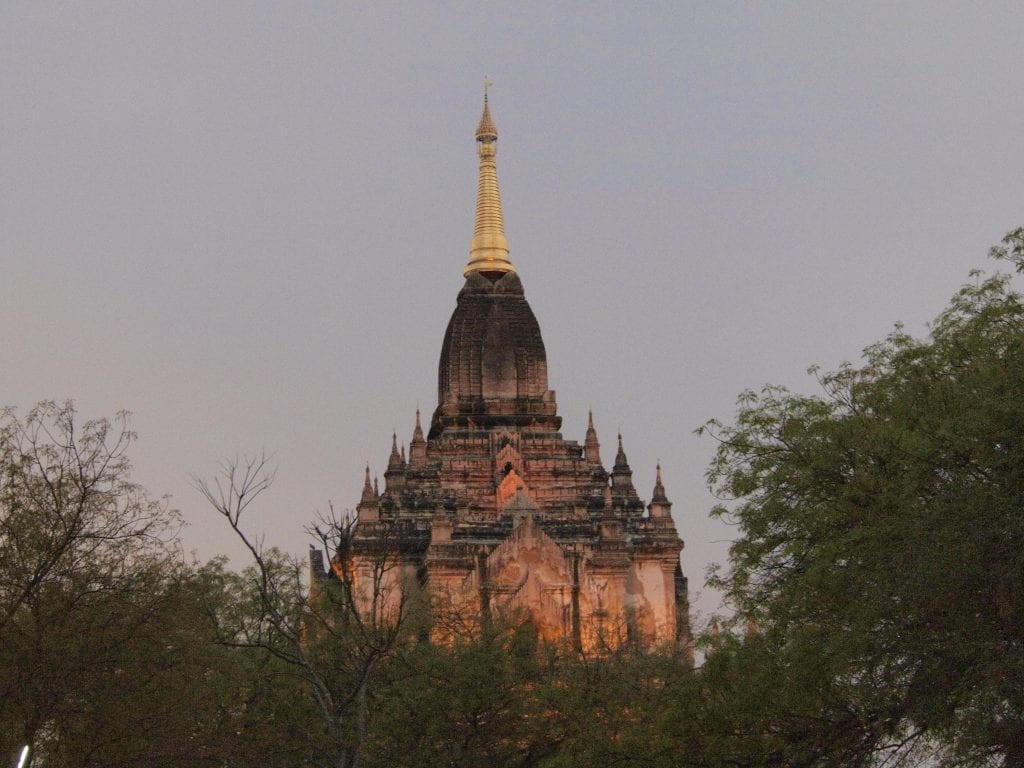
Machu Picchu, Peru
A long-held dream of mine is to walk the Inca Trail up to Machu Picchu. Falling sick with severe food poisoning two days before was not part of my plan. But hiking is’nt the only way to get there. In fact, most people will take the train and bus. So, while I couldn’t hike, I did still get there, the easier way.
The blue glass-ceilinged train is usually packed with tourists and buzzing with a collective excitement. The journey from Ollantaytambo to Aguas Calientes follows a raging river and cuts through a valley floor surrounded by round green mountains. From here, a bus will take you up to Machu Picchu itself.
Walking up the old stone walkways I concentrated on where I put my feet so I didn’t slip on the smooth stones. The path abruptly opens into a terraced section giving the first glimpse of this old city… I was a little emotional to have finally made it up there.
One thing that fascinates me about this place is that the Inca constructed their buildings with walls set wide apart but leaning inwards. This provided greater stability during earthquakes and explains why so many of their buildings are still standing today.
The Sun Gate is a short hike away and well worth doing. It takes its name from being the point through which the summer solstice sun lines up with the Temple of the Sun’s window. Once this happens, it signals the start of the dry season. The Sun Gate sits in the V between two mountains and gives a stunning, almost bird’s eye view of the ancient city.
While there are several theories why Machu Picchu was built, my favourite is that it was like a university town: a place where the top scientists, master builders and farmers came to teach, and where the most promising newcomers came to learn. An ancient city of innovation. One my all-time top travel experiences from start to finish.
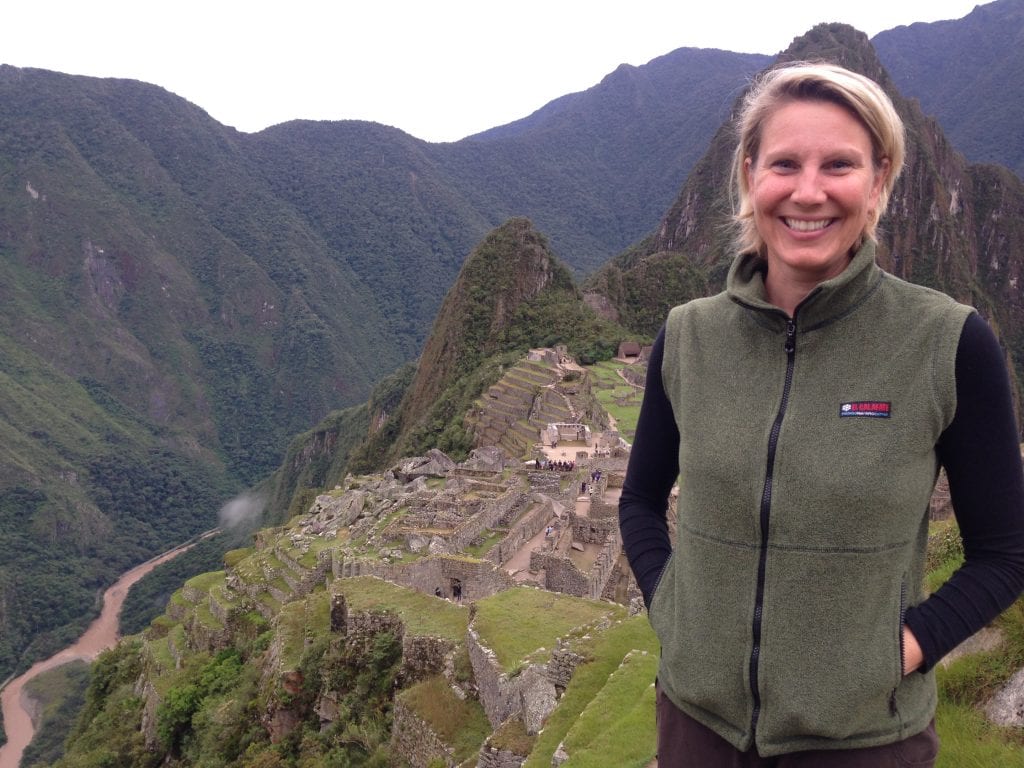
Some advice on getting there
The starting point to get to Machu Picchu is usually Cusco, close to the Sacred Valley. A taxi or bus from there takes you to Ollantaytambo (Ollanta for short). Here you catch the train to Aguas Calientes, the staging post for Machu Picchu. Don’t plan to spend any more time in Aguas Calientes than you have to; it’s very touristy with prices and service to match.
Aim for an early morning or late afternoon visit. The crowds will be slightly smaller, and you can drink in the majesty in relative peace. You’ll have a pre-booked bus and visit time, and getting in at Machu Picchu is a breeze, despite the crowds. Don’t forget your passport! You’ll need it to enter, and you can also get a Machu Picchu stamp in it if you want.
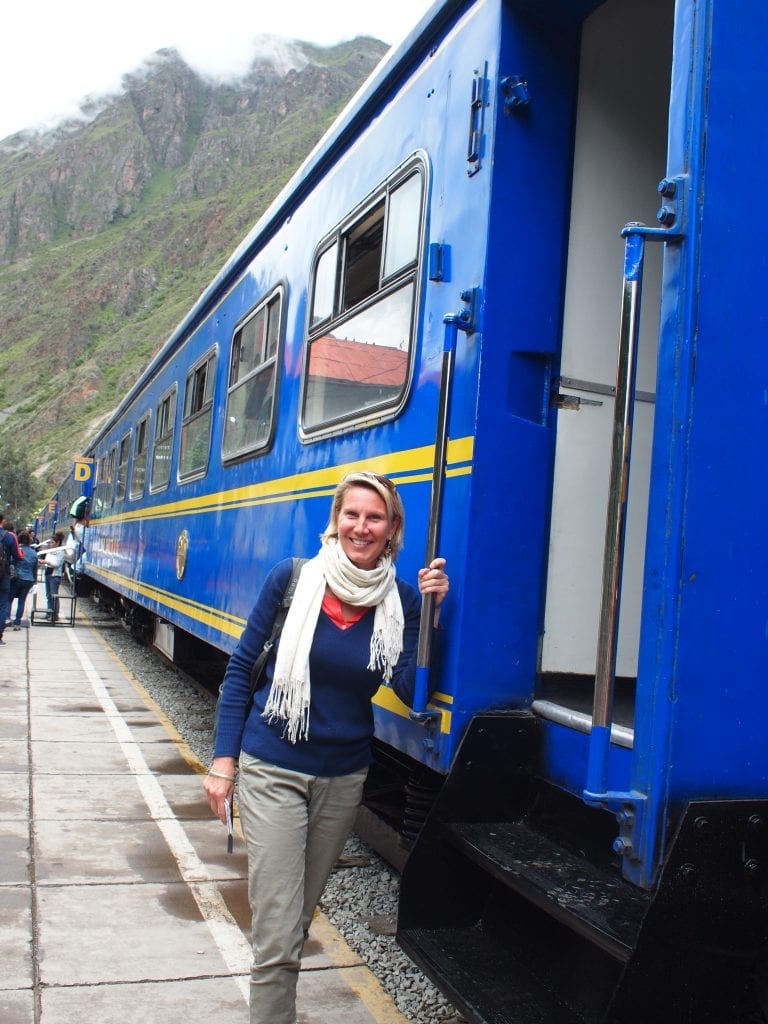
The silver mines in Potosí, Bolivia
At over 4,000 m (13,000 ft) Potosí is one of the highest cities in the world. It’s a stop on a group tour of Bolivia where we’re visiting its famous silver mines. In the early days of the Spanish conquest of South America, Potosí was a strategic town and the place where the Spanish discovered silver and exported it back to Europe.
Decked out in trousers, jacket and wellies several sizes too big, hard hats and miners’ lamps, we started at the shop where miners buy their daily supplies: cigarettes, alcohol (96% proof), coca leaves (for energy) and dynamite (yes, you read that right).
It’s not often I can say I legally bought dynamite but buy it I do, which in itself has got to be one of my top travel experiences! It’s a gift to the miners for letting us tour their mountain caves. Some of these supplies are also used as gifts to the Devil (known as tío). His paper effigy sits at the mouth of the mine and is the first thing we came across as we walked in.
We watched as they stuck a lit cigarette into his mouth, then sprayed him with alcohol, praying for protection for the day. Once the ritual was over we shuffled deeper into the mountain’s elaborate cave system. Tracks run along the ground to carry buckets of rock out. Splintered wooden beams strain to hold up a bulging ceiling.
Hundreds of men and young boys scrape a living out of these mines by blasting silver fragments from the mountain walls. I’m not normally a claustrophobic person, but I couldn’t wait to get out. When I finally emerged, squinting into the sun, I burst into tears of relief.
The experience has left me with a deep respect for the people who do this work. Visiting is not without controversy, as it’s seen by some as encouraging dangerous mining practices. But your visit fee and gifts can make the difference between miners feeding their families or going hungry for a day. On balance, that’s why I decided to go and why I’m still glad I did.
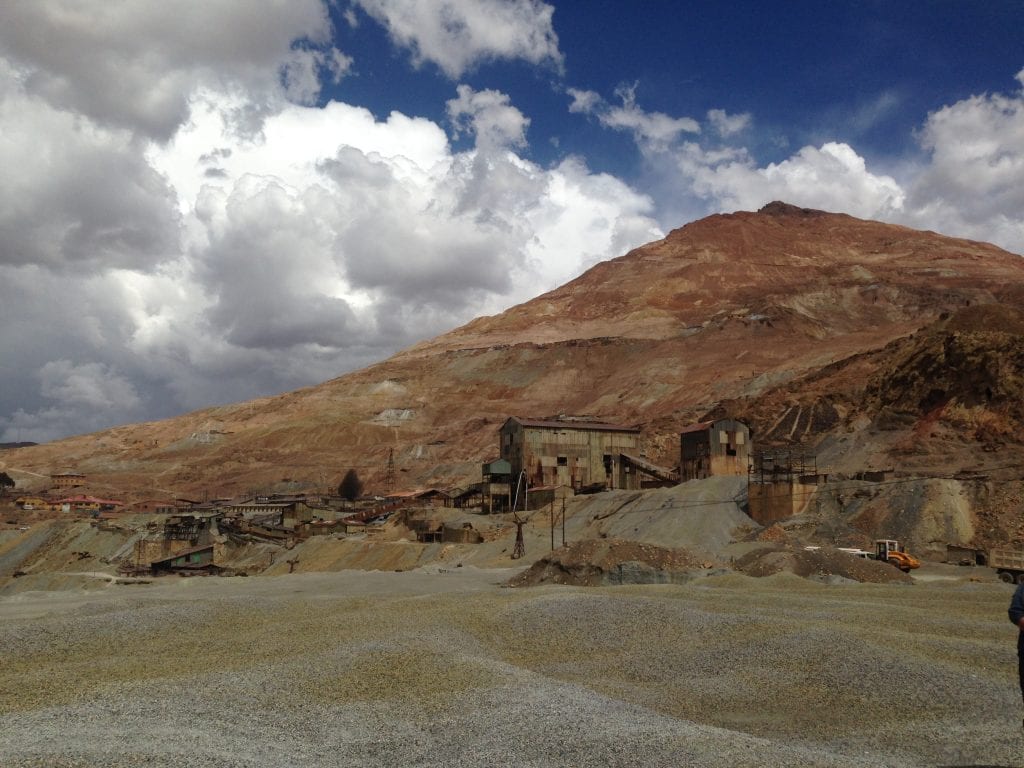
Diving in the Indian Ocean, Mozambique
I was fortunate to spend a full month in Mozambique as part of a community volunteer project a few years ago. That in itself is an experience that will stay with me for life, but it also gave me an opportunity to dive regularly.
I made the most of this by signing up for an Advanced Open Water PADI certification. Diving off the coast of Mozambique is challenging, as the waters of the Indian Ocean are deep and can be treacherous. Almost every dive is inevitably a drift dive because of the currents, and there are very specific dive locations. Getting to the bottom has to be done fast to avoid getting separated from your buddy or group. For a novice diver, it can be tricky and nerve-racking. There is little room for error.
But the rewards are out of this world! From the very first moment, as a nervous diver on one of the skills dives, it was spellbinding. Schools of hundreds of angelfish and butterflyfish, as well as grouper and lionfish surrounded me. Turtles with babies floated up to the surface for a breath of air. So many varieties of smaller sharks darkened the reef walls, lying in wait for food along the sandy sea floor. Moray eels peeked out from rock recesses, and large triggerfish circled protectively over their nests.
Back on the boat, and the arrival of the humpback whales and their young was a highlight even for the experienced dive crews. The memory of our whoops and yelps as the first humpbacks breached the water’s surface is as clear to me today as it was on the boat. It’s a magnificent sight: the spray from their blowholes rose high into the air and sprinkled over us as we hovered behind them, unaware that we were holding our breath.
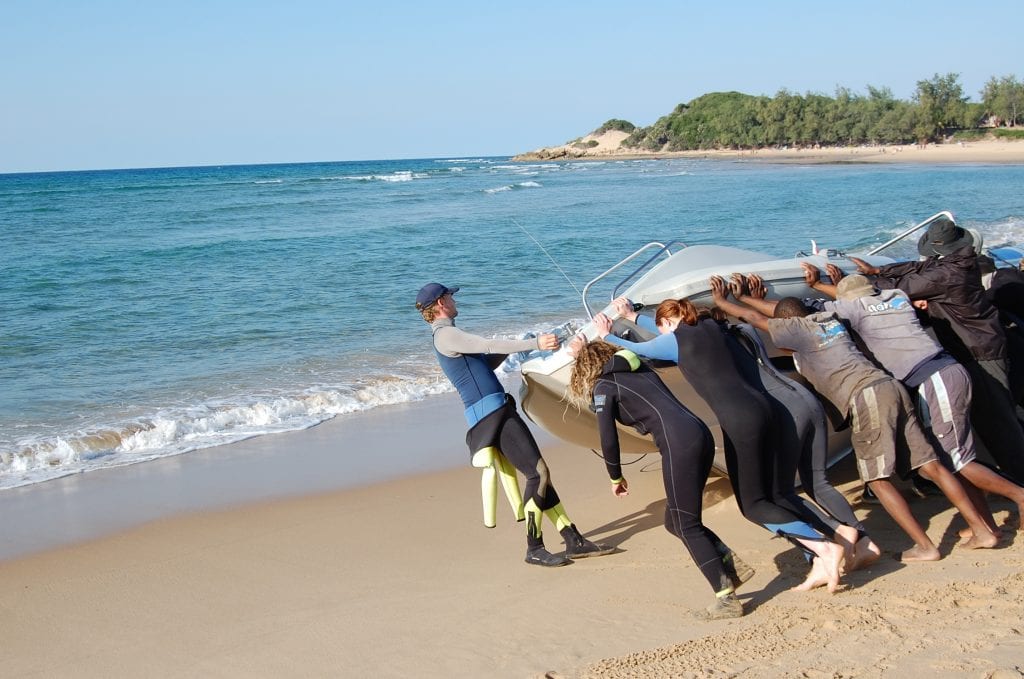
Wildlife watching in Tanzania
Top of my bucket list for years, I finally got the opportunity to go on an African safari! For this one I opted to join an Intrepid tour. It included wild camping and a bus journey through the Serengeti and Ngorongoro Crater national parks, as well as a trip to Zanzibar.
I was in awe of nature and the wildlife from start to finish. Over three days, I slept under a canvas tent and a blanket of stars, with animals singing their lullabies in the background.
I still can’t decide what my favourite part of it was. The lions snoozing in the shade of the acacia trees? The dawn balloon ride over the Serengeti’s dry elephant grass? The leopards stretching out for their post-lunch tree nap, or the hyena waiting below for scraps of food to fall? Perhaps it was the dolphins splashing next to dhows making the crossing between Dar Es Salaam and Zanzibar. I still get chills when I think about it.
It isn’t all magical. After all, no safari is complete without at least one flat tyre. What’s different to changing a flat by the side of the road back home is that in the Serengeti we were doing it while wild giraffes grazed in the distance. Not to mention the monkeys jumping around vehicle roofs, cackling at the interloper tourists.
Perhaps the best part was heading out of my tent early in the morning as the buffalo thundered past on the other side of the creek. Who needs coffee after that jolt? If you ever get a chance to do a wildlife safari anywhere in Africa, grab it. I promise it will be one of your top travel experiences too.
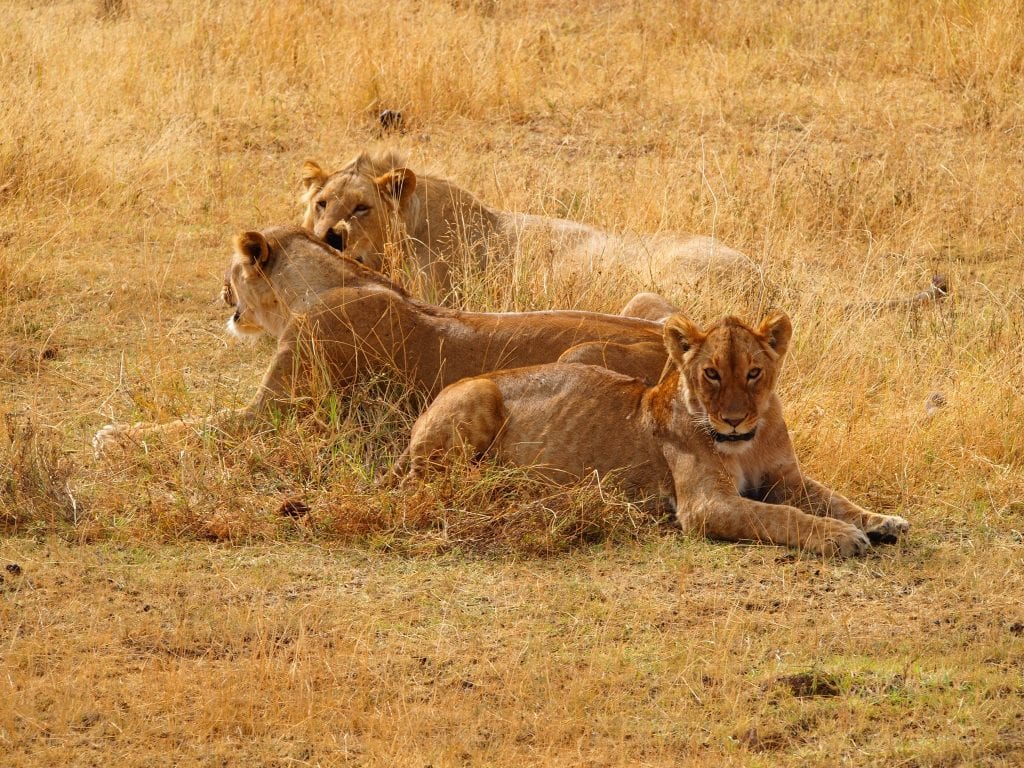
What are your top travel experiences?
And that, folks, is my list of top travel experiences. At least until now! What are yours? Has this inspired you to plan a trip, or brought back some good memories? Let me know in the comments, or drop me a line with any questions.
Post updated June 2025
